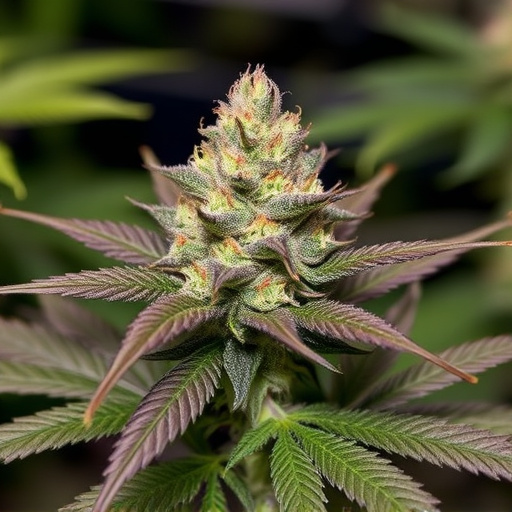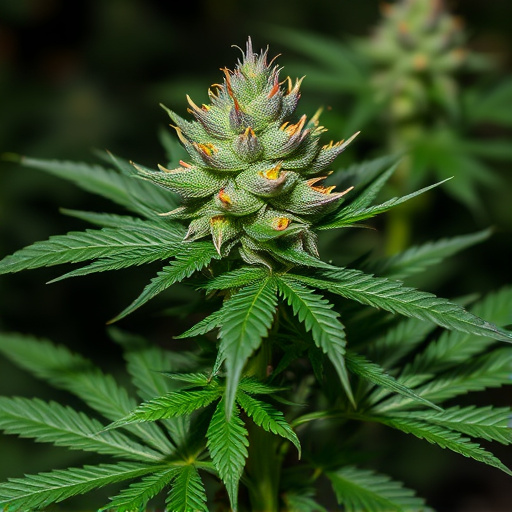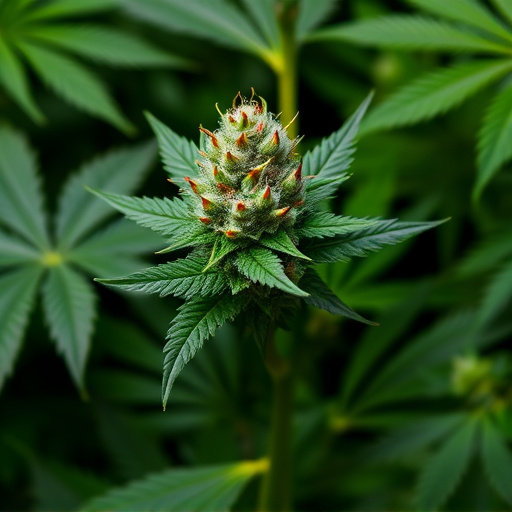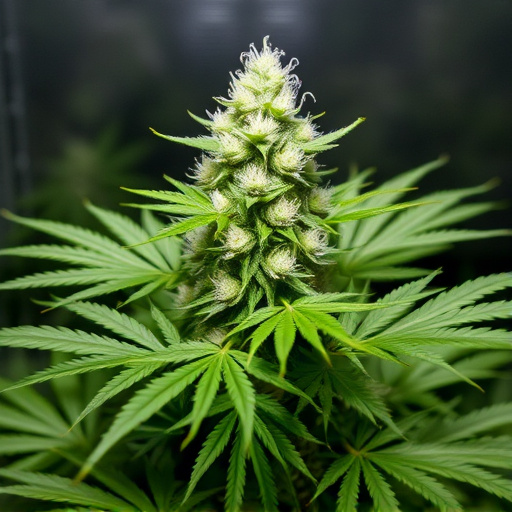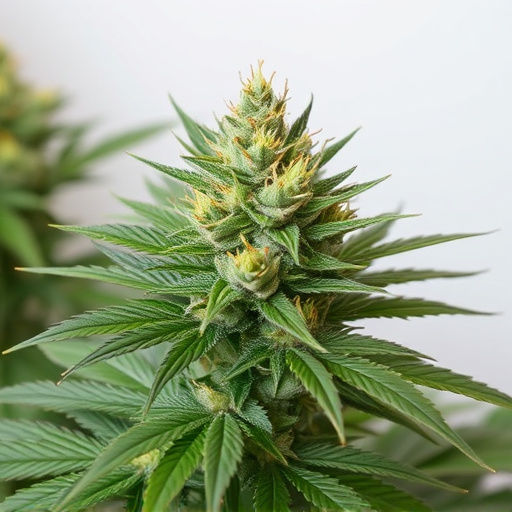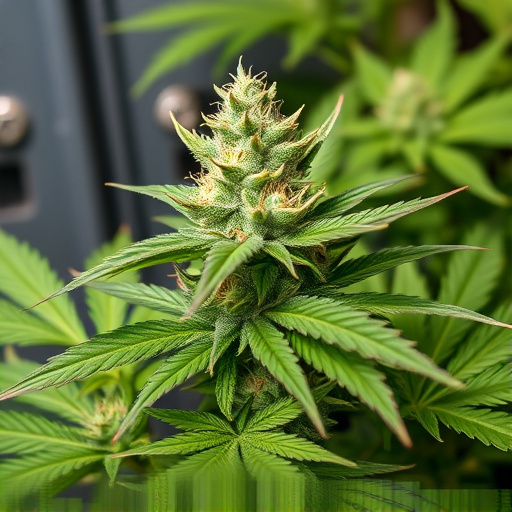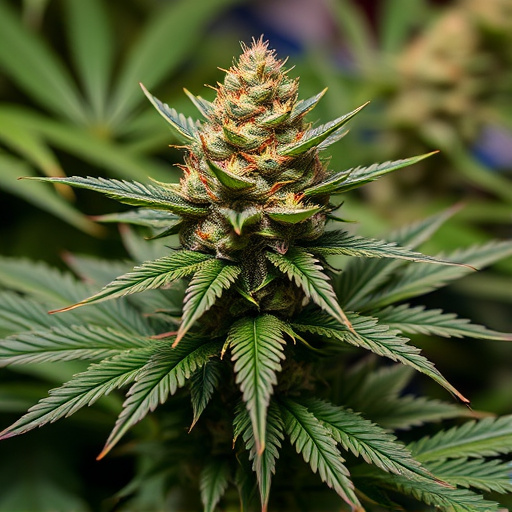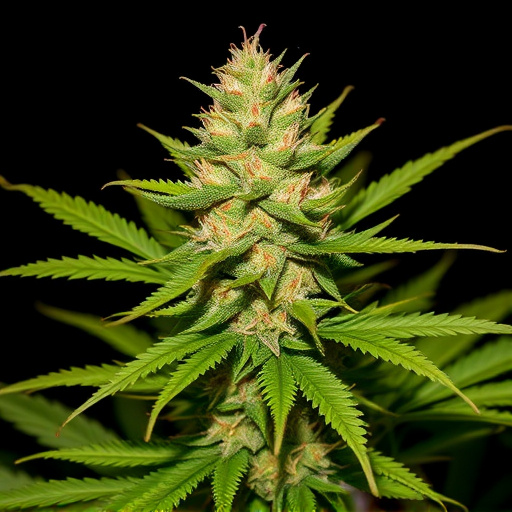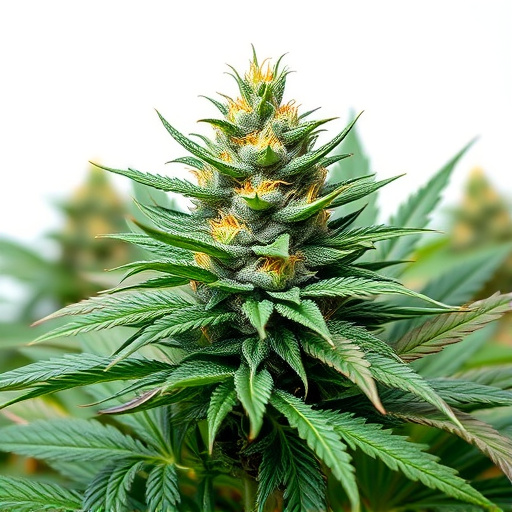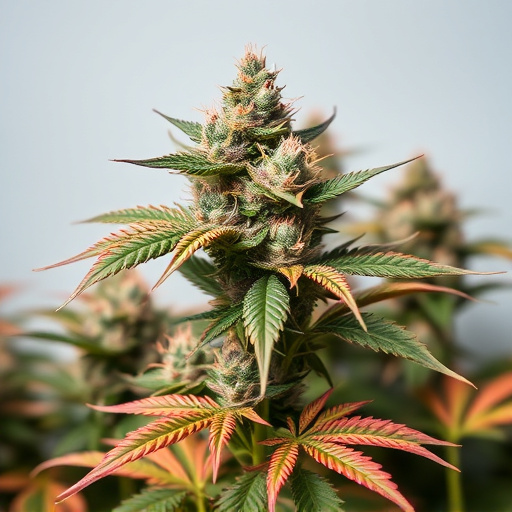The time cannabis remains traceable in your system (detectable period) varies based on several factors, including strain potency, usage frequency, age, health, BMI, hydration, and recent consumption. Stronger cannabis strains with higher THC levels stay in the system longer due to increased metabolic demand. Regular users may experience extended detection times as their bodies adapt to THC processing. Metabolites influence elimination half-lives, affecting detectability from a few days for occasional users to several weeks or more for frequent consumers of strong strains.
“Unraveling the duration cannabis remains detectable is a complex journey. This article delves into the factors influencing how long its metabolites persist in your system, offering insights into the varying detection times based on strain strength, consumption methods, and individual biology. From powerful strains with high THC and CBD content to alternative ingestion techniques like edibles, we explore the science behind cannabis’s extended presence, empowering you with knowledge in today’s evolving landscape of legal cannabis use.”
- Factors Affecting Cannabis Detection Time
- – Metabolites and elimination half-life
- – Individual variations in metabolism and body composition
Factors Affecting Cannabis Detection Time
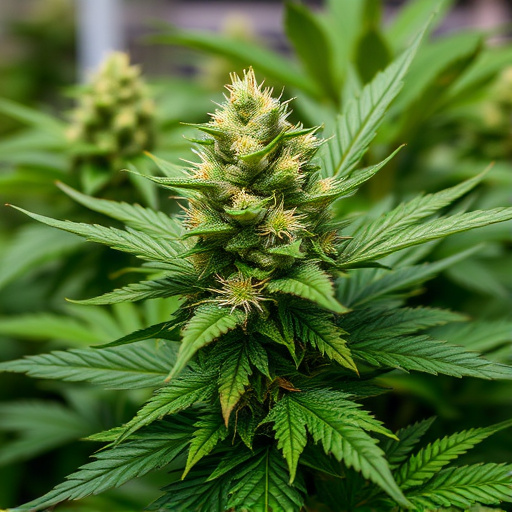
The duration cannabis remains detectable in your system varies based on several factors, including the strength of the strain, frequency of use, and individual metabolism. Strong cannabis strains with higher tetrahydrocannabinol (THC) content are more potent and tend to stay in your system longer than milder varieties. Regular users may also experience prolonged detection times because their bodies have adapted to process THC, leading to a build-up of metabolites.
Other considerations include age and overall health. Younger individuals might clear cannabis faster due to a quicker metabolism, while those with certain medical conditions or prescription drugs could prolong the detection period. Additionally, factors like body mass index (BMI), hydration levels, and how recently you’ve consumed cannabis can influence how long it remains detectable in your system.
– Metabolites and elimination half-life
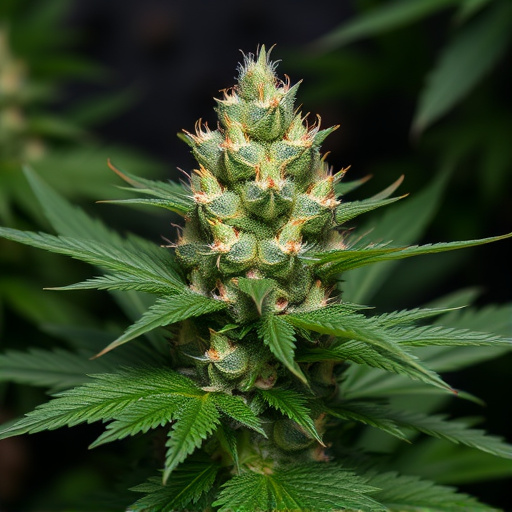
Cannabis consumption leaves behind various metabolites, which are the by-products of the plant’s metabolism in your body. These metabolites play a crucial role in determining how long cannabis remains detectable. The elimination half-life, or the time it takes for half of the substance to be cleared from your system, varies significantly depending on factors like metabolism and frequency of use. For regular users of strong cannabis strains, the half-life can extend, leading to longer periods of detectability.
Understanding these processes is essential when considering the potential consequences of cannabis use, especially in scenarios where it might be relevant, such as occupational or legal settings. The presence of metabolites can impact how long cannabis remains detectable on drug tests, with results varying from a few days for occasional users to several weeks or even longer for those who consume strong cannabis strains frequently.
– Individual variations in metabolism and body composition
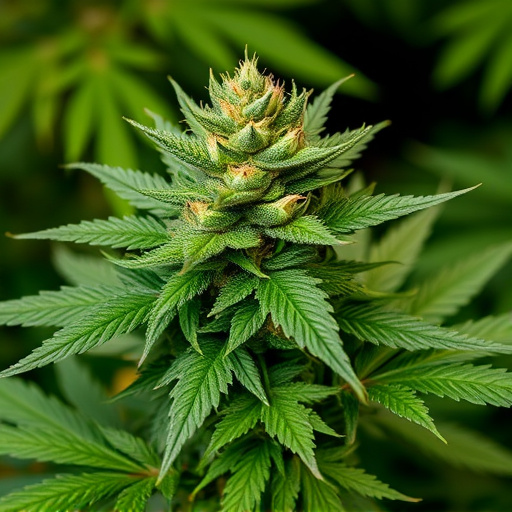
The length of time cannabis remains detectable in your system can vary greatly among individuals, largely due to personal factors such as metabolism and body composition. Those with faster metabolisms or higher levels of fitness may eliminate cannabis more rapidly from their systems, while those with slower metabolisms or lower body mass might retain it for longer periods.
Strong cannabis strains, characterized by high THC content, can also impact retention times. The more potent the strain, the longer it may take for the active compounds to be processed and excreted. This is because higher concentrations of THC demand greater metabolic effort, potentially slowing its breakdown and increasing the likelihood of detectable levels remaining in the body after consumption.
In conclusion, the detection time of cannabis in your system varies based on several factors, including metabolite breakdown and individual physiological differences. While heavy users may find their systems retain cannabinoids for extended periods, even after consuming strong cannabis strains, regular users and those with faster metabolism can expect shorter retention times. Understanding these variations empowers individuals to manage potential drug test risks accordingly.
